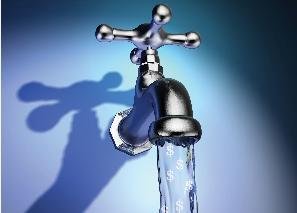It’s that time of year, where the temperature falls rapidly and the snow follows close behind! If you’re not careful, the weather change will catch you off guard and cause major damage to your pipes through freezing, expansion, and bursting.
Some ways to prevent pipe freeze, as suggested by the American Red Cross, are:
- “Keep garage doors closed if there are water supply lines in the garage.”
- “Open kitchen and bathroom cabinet doors to allow warmer air to circulate around the plumbing. Be sure to move any harmful cleaners and household chemicals up out of the reach of children.”
- “When the weather is very cold outside, let the cold water drip from the faucet served by exposed pipes. Running water through the pipe – even at a trickle – helps prevent pipes from freezing.”
- “Keep the thermostat set to the same temperature both during the day and at night. By temporarily suspending the use of lower nighttime temperatures, you may incur a higher heating bill, but you can prevent a much more costly repair job if pipes freeze and burst.”
- “If you will be going away during cold weather, leave the heat on in your home, set to a temperature no lower than 55° F.”
It’s also important to know how to thaw a pipe that is already frozen, and take preventative measures during the warmer months. You can find more tips on the Red Cross website under “Winter Storm Preparedness”
Even more so than the average Joe, wastewater treatment plants (also known as sewage treatment plants) have to be especially careful during winter months. Sewage treatment processes require pipes and other equipment like tanks and control boxes which are often exposed and highly vulnerable to freezing. Thankfully there are many steps that can be taken, and products that can be used, to prevent any monumental damage

